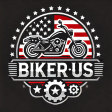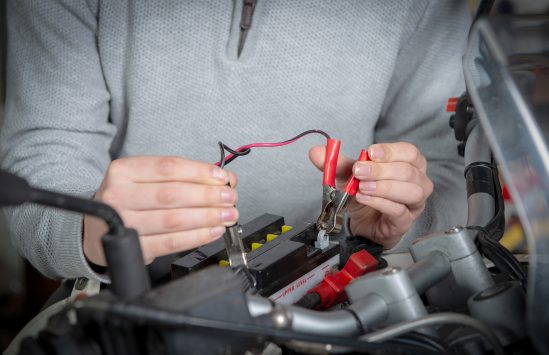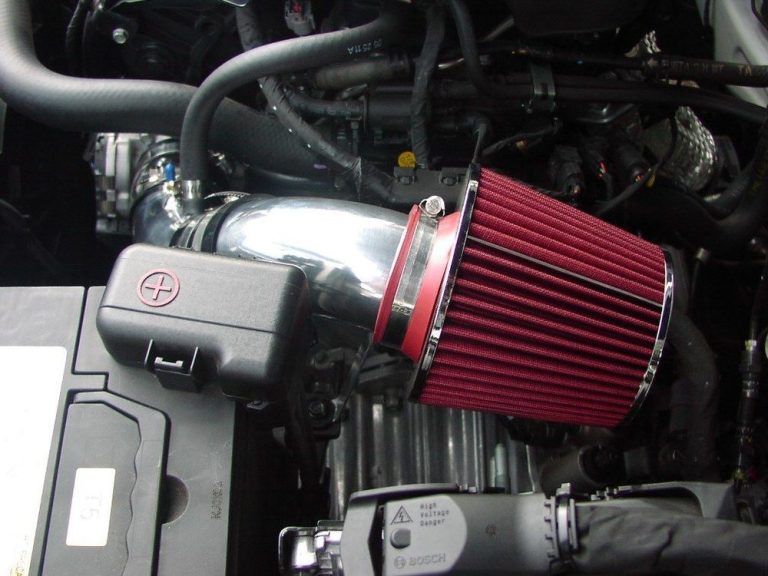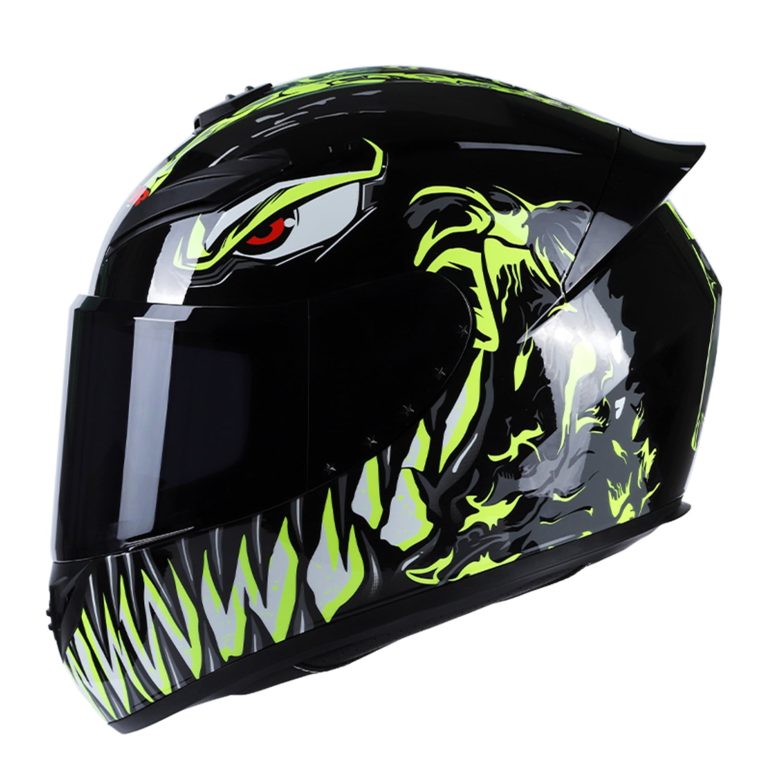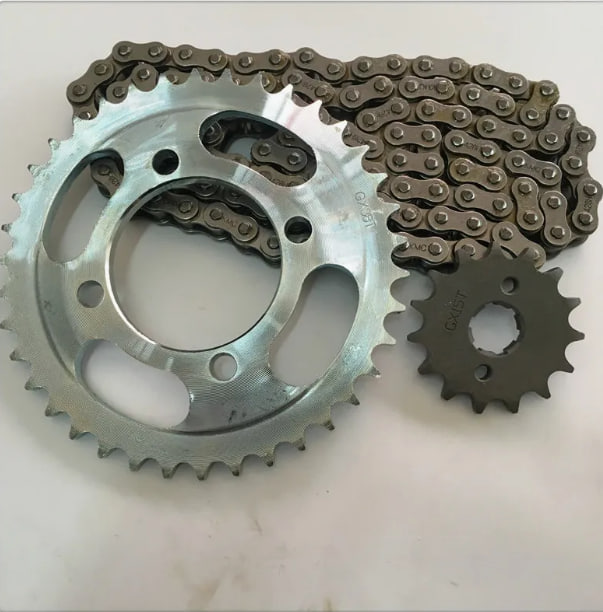The Complete History and Evolution of Motorcycles
The Birth of the Motorcycle: Early Innovations

The motorcycle’s history dates back to the late 19th century. The first prototype, the Daimler Reitwagen, was developed by Gottlieb Daimler and Wilhelm Maybach in 1885. It was a simple two-wheeled machine powered by a petroleum-fueled internal combustion engine. This invention marked the beginning of the motorcycle era.
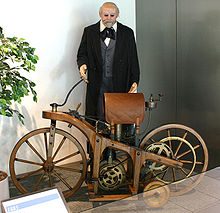
In 1894, the German brand Hildebrand & Wolfmüller created the first mass-produced motorcycle, which was also the first vehicle to be officially called a “motorcycle.” This development signaled the transition from experimental machines to commercial production, and the motorcycle industry began to grow rapidly across Europe and America.
The Golden Age of Motorcycles: 1900s to 1950s
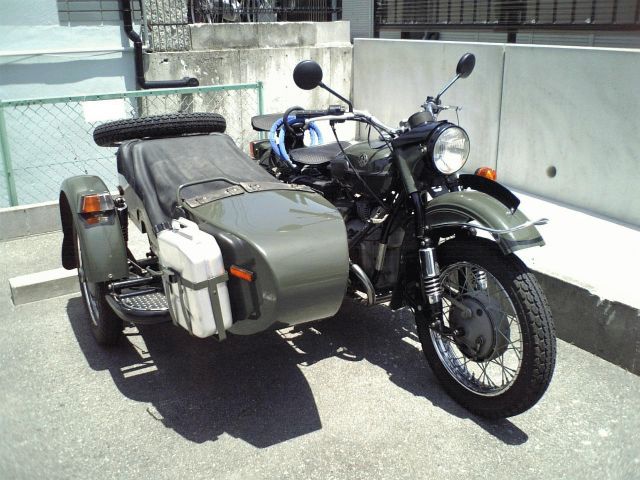

By the early 20th century, motorcycles were becoming popular for both transportation and sport. In the United States, brands like Indian Motorcycle (established in 1901) and Harley-Davidson (founded in 1903) began to dominate the market. These brands introduced powerful engines and robust designs that captured the American spirit of adventure.
During World War I, motorcycles were used extensively for military purposes. They served as reliable vehicles for communication, reconnaissance, and medical transport. The Harley-Davidson Model J was one of the most used motorcycles during this era, and by the end of the war, motorcycles had cemented their reputation as rugged and dependable machines.
The post-war period saw a surge in motorcycle popularity, especially with the rise of racing and touring. The introduction of the Triumph Model H in 1915, often dubbed the “first modern motorcycle,” featured a three-speed gearbox and belt transmission, setting a standard for future designs.
The Rise of Biker Culture: 1950s to 1980s
The 1950s marked the beginning of the biker subculture, heavily influenced by returning World War II veterans. These young men, seeking excitement and camaraderie, formed motorcycle clubs, leading to the creation of groups like the Hells Angels and Outlaws. Hollywood movies, such as “The Wild One” (1953), starring Marlon Brando, glorified the rebellious spirit of the biker, embedding it into American culture.
The 1960s and 1970s saw motorcycles becoming more than just vehicles—they became symbols of freedom, counterculture, and personal expression. Japanese manufacturers, like Honda, Kawasaki, and Yamaha, entered the American market, introducing reliable and affordable models that appealed to a broader audience. The Honda CB750, released in 1969, revolutionized the industry with its four-cylinder engine, electric start, and affordable price, making motorcycling accessible to the masses.
Modern Motorcycles: 1990s to Today
The late 20th and early 21st centuries have seen motorcycles evolve into sophisticated machines, incorporating advanced technology and safety features. Today, motorcycles range from classic cruisers to high-performance sportbikes, reflecting diverse tastes and riding styles. Innovations like anti-lock braking systems (ABS), traction control, and advanced suspension systems have made modern motorcycles safer and more reliable than ever.
Electric motorcycles have also gained traction, with companies like Zero Motorcycles and Harley-Davidson introducing electric models like the Harley-Davidson LiveWire. These bikes offer eco-friendly alternatives with reduced emissions, appealing to a new generation of environmentally conscious riders.
Comprehensive Types of Motorcycles
1. Street Motorcycles
Street motorcycles are built for paved roads and come in various styles:
- Cruisers: Characterized by low seat height, wide handlebars, and a relaxed riding position. Harley-Davidson is the quintessential cruiser brand, symbolizing the American road trip.
- Sportbikes: Designed for speed and agility, sportbikes feature a crouched riding position for better aerodynamics. Brands like Yamaha, Suzuki, and Ducati dominate this category, with models like the Yamaha YZF-R1 and the Ducati Panigale V4 known for their performance.
- Touring Motorcycles: Built for comfort and long-distance travel, touring motorcycles like the Honda Gold Wing offer features like large windshields, storage compartments, and advanced infotainment systems.
- Naked Bikes: Also known as “streetfighters,” naked bikes have minimal bodywork, offering a raw and muscular look. They balance power and comfort, making them ideal for city and highway use.
2. Off-Road Motorcycles
Off-road motorcycles are lightweight and rugged, designed to handle challenging terrains:
- Motocross Bikes: Optimized for dirt track racing, featuring lightweight frames and high suspension. The Kawasaki KX450 is a popular choice among motocross enthusiasts.
- Dual-Sport Motorcycles: A hybrid between street and off-road bikes, dual-sports are versatile and legal for both environments. Examples include the Suzuki DR650 and the Honda CRF300L.
- Enduro Motorcycles: Built for long-distance off-road racing, enduro bikes like the KTM 500 EXC-F offer durability and performance over rough landscapes.
3. Electric Motorcycles
Electric motorcycles are gaining popularity due to their eco-friendly nature. Models like the Zero SR/F and the Harley-Davidson LiveWire provide silent, emission-free rides, though they are currently limited by battery technology and range.
4. Custom and Vintage Motorcycles
Custom motorcycles are unique creations, often reflecting the owner’s personality. Vintage motorcycles, such as classic Triumph Bonnevilles and Royal Enfield Bullets, are restored to their former glory, appealing to collectors and enthusiasts.
The Biker Culture: From Clubs to Rallies
Motorcycle Clubs and Brotherhood
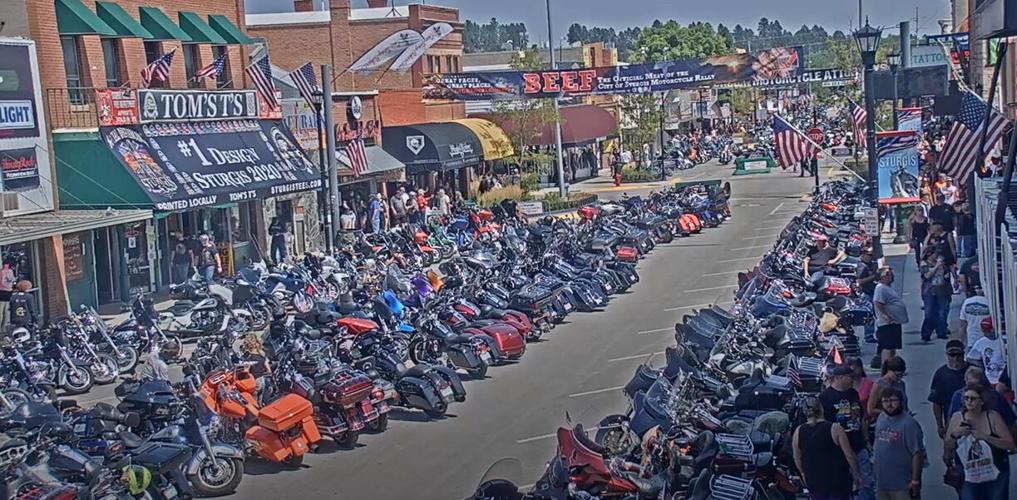
The biker culture is strongly associated with motorcycle clubs, which offer a sense of identity and belonging. Clubs like the Hells Angels, Bandidos, and Mongols have been part of American culture for decades, with strict codes, rituals, and a unique sense of loyalty among members.
Major Biker Rallies in the US
Motorcycle rallies are a major part of biker culture, providing a platform for enthusiasts to gather and celebrate their passion:
- Sturgis Motorcycle Rally: Held annually in Sturgis, South Dakota, it is one of the largest motorcycle rallies in the world, attracting hundreds of thousands of bikers each year.
- Daytona Bike Week: An iconic event in Florida that includes races, concerts, and exhibitions, drawing crowds of bikers from across the nation.
- Laconia Motorcycle Week: One of the oldest motorcycle rallies, held in Laconia, New Hampshire, known for its scenic rides and community events.
Customization: An Expression of Identity
For many bikers, customization is a key aspect of their lifestyle. From unique paint jobs to custom handlebars and exhaust systems, every detail is a reflection of the rider’s individuality. Custom shops like West Coast Choppers and Orange County Choppers have popularized motorcycle customization, showcasing their creations on TV shows and social media.
Safety Gear and Riding Essentials
Safety is a top priority for responsible riders. Essential riding gear includes:
- Helmets: Full-face helmets provide maximum protection, while half-shell and modular helmets offer varying levels of coverage.
- Riding Jackets: Made from leather or durable textile, jackets are designed to protect against road rash and weather elements.
- Gloves: Protect hands from impacts and provide better grip on the handlebars.
- Boots: Sturdy boots with reinforced toes and ankle protection are crucial for safety.
- Protective Pants: Motorcycle pants often include armor in critical areas like knees and hips for added protection.
Environmental Impact and Future Trends
The Push Towards Electric and Eco-Friendly Motorcycles
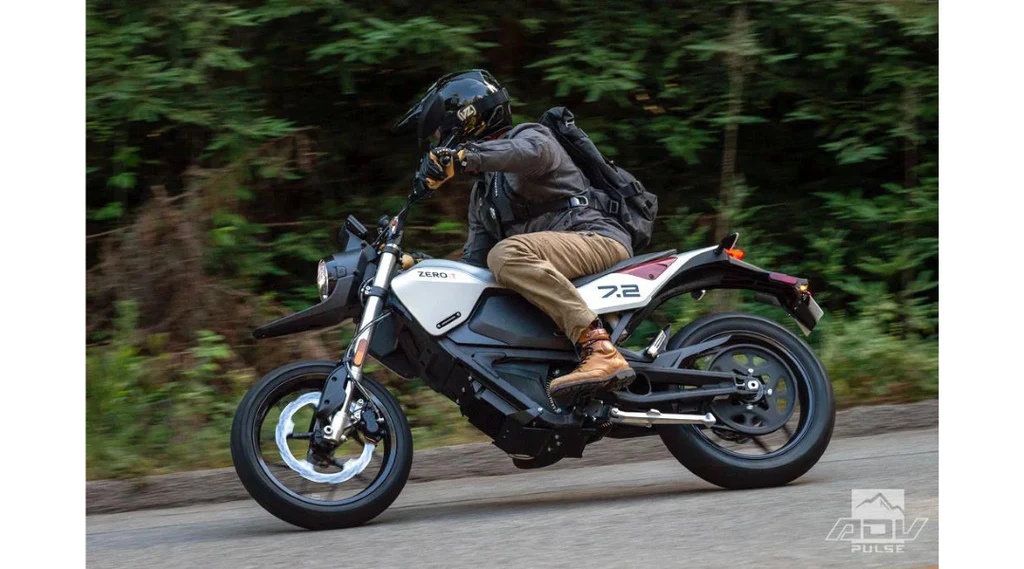
Motorcycles are generally more fuel-efficient than cars, using less fuel and producing fewer emissions. However, traditional motorcycles can emit higher levels of pollutants like carbon monoxide and hydrocarbons due to relaxed emission standards. This has led to a growing interest in electric motorcycles, which offer zero emissions and quieter rides.
Smart Technology in Modern Motorcycles
The future of motorcycling is leaning towards smart technology. Innovations include:
- Smart Helmets: Helmets equipped with GPS, rear-view cameras, and communication systems.
- Connected Motorcycles: Bikes with built-in navigation, weather updates, and Bluetooth connectivity for music and calls.
- Advanced Safety Systems: Features like automatic braking, blind-spot detection, and traction control are becoming standard on modern motorcycles, making rides safer than ever before.
Conclusion
Motorcycles continue to captivate and inspire riders across the world, from the open highways of the United States to the rugged trails of the countryside. With a rich history, diverse types, and a unique culture, motorcycling offers something for everyone—whether it’s the thrill of speed, the freedom of the open road, or the camaraderie of a motorcycle club. As technology evolves, the future of motorcycling promises to be even more exciting, blending tradition with innovation.
